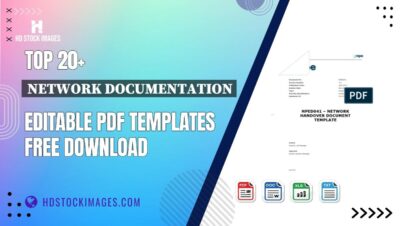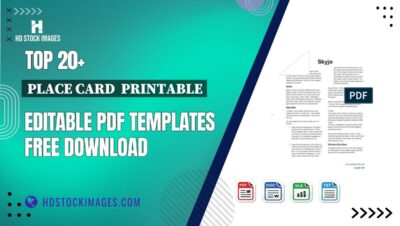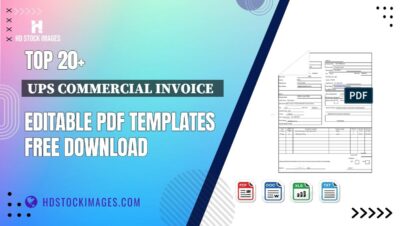Visuals can make or break a project. Whether I’m piecing together a website, whipping up marketing flyers, or jazzing up a blog, the right image pulls it all together. Alamy’s got this massive stash over 350 million photos, vectors, and videos. It’s a goldmine, but finding the best stuff? That takes some know-how. I’ve been digging through Alamy for years, fumbling at first, but now I’ve got a system. What’s so special about Alamy? It’s their knack for real, diverse, often editorial-style shots you won’t spot everywhere else. Here’s my take on nailing High-Quality Alamy images in 2025, with some stories from my own scrappy projects.
Why Alamy’s My Go-To in 2025
Alamy’s been around since ‘99, and it’s not just another stock site. It’s got this vibe authentic, varied, packed with contributions from photographers all over the globe. Back when I started freelancing, I was fed up with cheesy, overused stock photos. Alamy was a breath of fresh air. Their library’s got everything: gritty street scenes, lush landscapes, even 360-degree shots. Why’s their quality so solid? They’re picky most images are High-Resolution, perfect for print or digital, and go through tough quality checks. But with millions of options, how do you not get lost? It’s all about working their search tools like a pro.
Also Read This: A Rumbling in the Mines What Causes the Disturbance
Getting the Search Bar to Work for You
Alamy’s search bar is your starting line. Be specific. Instead of “city,” try “New York skyline dusk.” It cuts through the clutter. In 2025, their AI’s gotten sharper, tossing out suggestions based on what’s trending. Last month, I needed shots for a clean energy pitch. Typed “wind turbines rural sunset” and boom gorgeous, relevant images in seconds. Saved me a ton of time.
Then there’s the advanced search. You can tweak orientation, color, or even kick out terms you don’t want. Searching “desert landscape” but adding “-people” gave me empty, sweeping dunes for a minimalist project. Ever wonder if there’s a faster way? Combine keywords with filters. For a food blog, I searched “Italian pasta homemade” with a portrait filter and got mouthwatering close-ups that screamed authenticity.
Here’s what I lean on:
Boolean tricks: Use AND, OR, NOT. Like “ocean AND sunrise NOT boats.”
Dive into categories: Alamy’s got collections like “Nature” or “Vintage” that spark ideas.
Sort it right: “Relevant” for best fits, “New” for fresh uploads.
Have you played with semantic search? Alamy’s version gets the vibe you’re after. Type “cozy family dinner” and it pulls up diverse scenes think Thanksgiving in Texas or Diwali in Delhi. It’s a lifesaver for projects needing a specific mood.
Also Read This: Editing Photos Before Submission: What You Need to Know About Alamy
Filters: Your Shortcut to Quality
Filters are where I save time. Want crisp visuals? Set resolution to 4K or higher. Tight budget? Pick a price range or license type Royalty-Free for freedom, Rights-Managed for one-off uses. My secret weapon? The “Exclusive” filter. Those images are Alamy-only, so your project stands out. Last year, for a client’s rebrand, I used exclusives and landed vibrant shots no one else had. Alamy’s lightboxes are clutch too save images, share with teammates, keep things organized.
Check this filter cheat sheet:
Filter | What It Does | When to Use It |
|---|---|---|
Media Type | Picks photos, videos, vectors | Photos for print ads |
License | Royalty-Free or Rights-Managed | RF for social posts |
Orientation | Landscape, Portrait, Square | Square for Instagram |
Color | Full color or Black & White | B&W for moody vibes |
This table’s my mental checklist. In 2025, Alamy’s AI filters even nudge you based on past searches, which feels like having a personal assistant.
Also Read This: Understanding the Popularity of Where the Boys Are on Alamy Stock
Digging into Curated Collections
Alamy’s collections are like flipping through a curated magazine. They group images by themes “Adventure Travel,” “Sustainable Living,” you name it. When I was building a mood board for a travel client, the “Global Destinations” collection had raw, real shots of places like Machu Picchu and Moroccan souks. No touristy nonsense. These collections get refreshed often, so I peek weekly for new ideas.
Then there’s Stockimo, Alamy’s app for phone-snapped photos. It’s got this gritty, creative edge perfect for edgy campaigns. Quality varies, but the uniqueness is worth it. Need something old-school? Their archival stuff is a goldmine for historical images. I once grabbed 1950s NYC shots for a retro ad campaign, and they stole the show.
My collection hacks:
Check themed galleries for quick wins.
Skim Alamy’s blog for hot collections and trends.
Follow their social media for featured picks.
These have led me to some unexpected finds, like a sepia-toned shot of a 1920s jazz club for a music project.
Also Read This: Does Alamy Have a Mobile App? Features and User Benefits Explained
Sorting Out Licensing and Costs
Licensing can be a headache, but Alamy keeps it clear. Royalty-Free is great for flexibility use the image anywhere, anytime. Rights-Managed is for specific gigs, like a one-time magazine spread. In 2025, prices start around $9.76 per image in packs, or up to $39 for singles. For an ebook last year, I grabbed a 10-image pack and saved a chunk compared to buying one by one.
How do you pick? Think about usage. Big print run? Go for extended licenses. Alamy’s pricing tool lays it out clearly. Is it budget-friendly? Compared to heavyweights like Getty, it’s solid. Cheaper than premium sites, pricier than freebies like Unsplash.
Also Read This: Evaluating the Credibility of Photos from Alamy Stock for Your Projects
My Own Alamy Adventures
Here’s a quick story. In 2024, I worked on a nonprofit campaign about global education. Needed images of kids learning in different cultures nothing staged. Alamy’s global contributors came through with shots from rural Kenya to urban Japan. Those images made the campaign feel real, and we got tons of praise. Another time, for a news article, I sorted by “Creative” and found artistic takes that gave the story extra depth.
One lesson I learned the hard way: sign up for an account. It unlocks lightboxes and tracks your downloads, which saves headaches when you’re juggling projects. Also, Alamy’s blog is a hidden gem tips on trends and search strategies. Stuck? Their support team’s legit. I once asked for help finding niche cultural shots, and they pointed me to exactly what I needed.
My Best Tips for 2025
Here’s what I’ve learned to nail Alamy searches:
Get an account: Lightboxes and history make life easier.
Read the blog: It’s got trend insights and pro tips.
Hit up support: They’ll guide you on tough searches.
Play fair: Don’t snag watermarked images license properly to support photographers.
In 2025, Alamy’s AI tools and huge library make finding High-Quality images a breeze. Whether you’re a designer, marketer, or blogger, these tricks will help you score visuals that pop. So, jump into Alamy and start hunting. Your next project’s masterpiece is waiting!

 admin
admin








